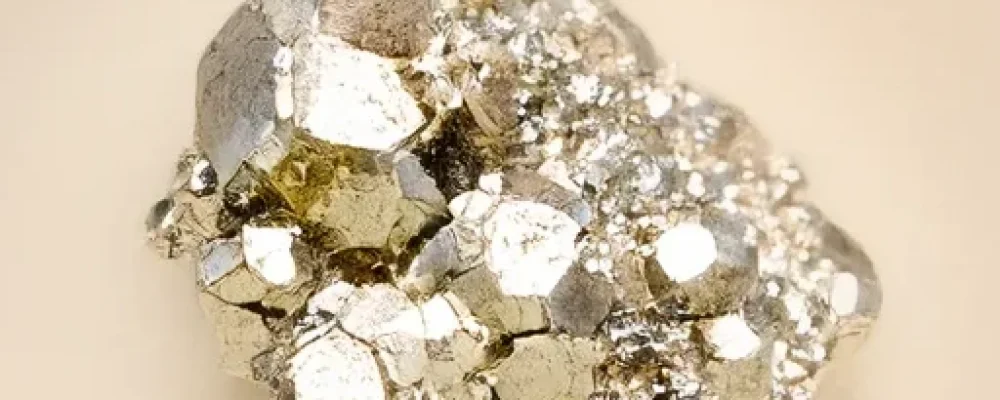Crystals are remarkable structures that form through intricate natural processes. At the molecular level, crystal formation begins when individual atoms or molecules come together in a repeating pattern, creating a solid with a distinct internal structure. This process, known as crystallization, can occur under various environmental conditions, each influencing the type of crystal that forms.
One common environment for crystal formation is volcanic activity. Here, magma cools and solidifies, allowing crystals to grow as the temperature drops. Igneous crystals, such as quartz and feldspar, are typical products of this process. Similarly, sedimentary deposits offer another setting where crystals can form, often through the evaporation of mineral-rich water. Crystals like halite and gypsum are formed in this way. Hydrothermal vents, located on the ocean floor, also create crystals when mineral-laden hot water interacts with cooler sea water, leading to the formation of crystals like pyrite and galena.
Crystals are categorized into three main types based on their formation processes: igneous, sedimentary, and metamorphic. Igneous crystals form from the cooling of magma or lava. Sedimentary crystals develop from the deposition and compression of mineral particles over time. Metamorphic crystals, such as garnet and staurolite, result from the transformation of existing rocks under high pressure and temperature.
Moreover, crystals are classified into seven crystal systems based on their lattice structures: cubic, tetragonal, hexagonal, trigonal, orthorhombic, monoclinic, and triclinic. The cubic system, for example, includes crystals like diamond and garnet, characterized by three equal axes intersecting at right angles. Tetragonal crystals, such as zircon, have two equal axes and one different axis. Hexagonal crystals, including emeralds, exhibit a six-sided symmetry. Each system’s unique lattice structure not only determines the crystal’s shape but also influences its physical properties, such as hardness, cleavage, and optical characteristics.
Understanding these fundamental aspects of crystal formation and classification provides insights into the fascinating world of crystals, revealing the diverse processes and environments that contribute to their creation.
The Practical and Metaphysical Uses of Crystals
Crystals have long captivated human interest, not only for their aesthetic appeal but also for their diverse applications. On the practical side, crystals play a pivotal role in several technological advancements. For instance, silicon crystals are foundational in the semiconductor industry, crucial for the operation of computers and other electronic devices. Similarly, quartz crystals are integral to the functioning of timekeeping devices, such as watches and clocks, due to their precise oscillatory properties. In the realm of optics, crystals are employed in the manufacture of lasers, which have applications spanning from medical surgery to communication technologies.
Beyond technology, crystals also find extensive use in various industries. The jewelry industry heavily relies on gemstones like diamonds, sapphires, and emeralds, which are valued not only for their beauty but also for their durability. In manufacturing, certain crystals are utilized for their hardness and ability to withstand extreme conditions, making them essential in cutting, grinding, and drilling tools. Scientific research also benefits from the unique properties of crystals, with X-ray crystallography being a prime example of how they aid in understanding molecular structures.
On the metaphysical front, crystals are revered for their supposed healing and spiritual properties. Alternative healing practices often incorporate crystals like quartz, amethyst, and citrine, attributing various benefits to each stone. Quartz is believed to amplify energy and thought, aiding in meditation and manifestation. Amethyst is reputed for its calming properties, often used to alleviate stress and promote emotional balance. Citrine, known as the “merchant’s stone,” is associated with prosperity and success, frequently employed in practices aimed at manifesting wealth and abundance.
People incorporate these metaphysical uses of crystals into their daily lives in numerous ways. Meditation sessions often involve holding or surrounding oneself with specific crystals to enhance focus and spiritual connectivity. Some individuals carry crystals as talismans, believing they offer protection and positive energy. Others place crystals in their living spaces to promote harmony and balance. While the scientific community remains skeptical about the metaphysical claims, the enduring popularity of crystals in these practices speaks to their perceived value and significance.
